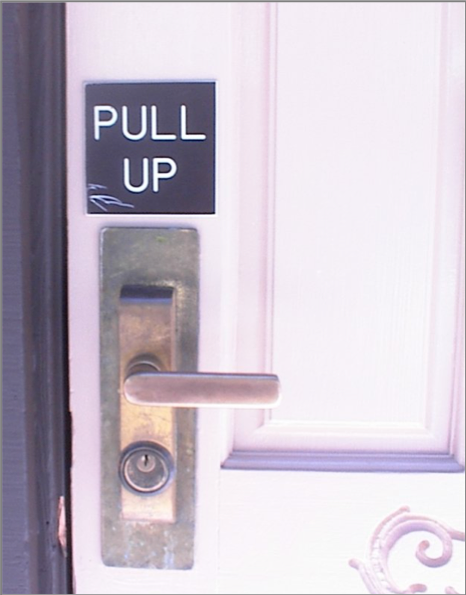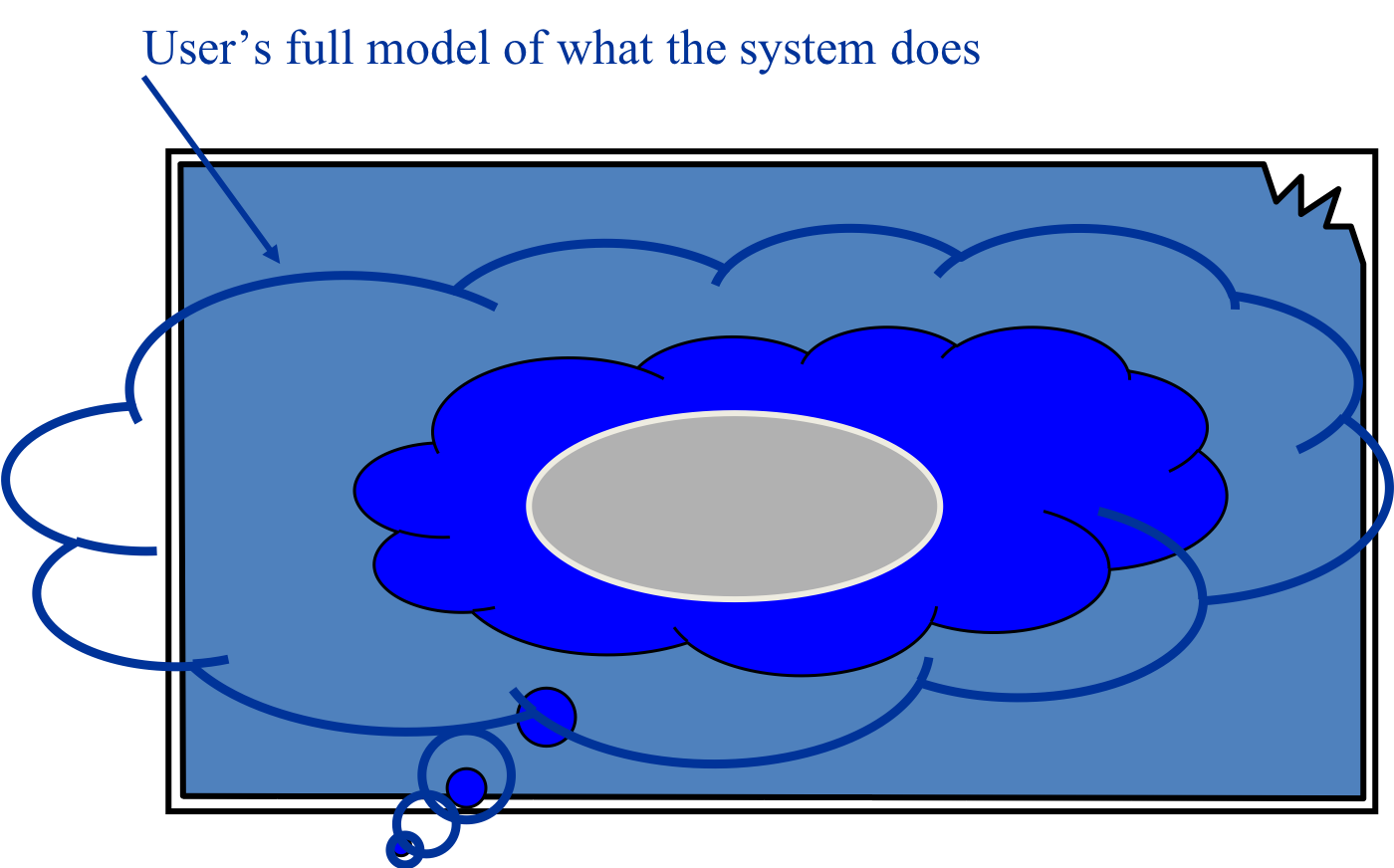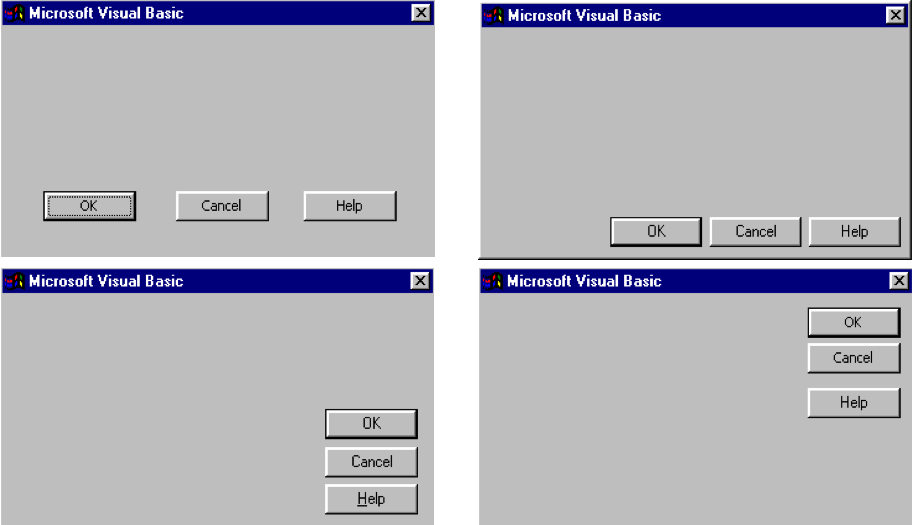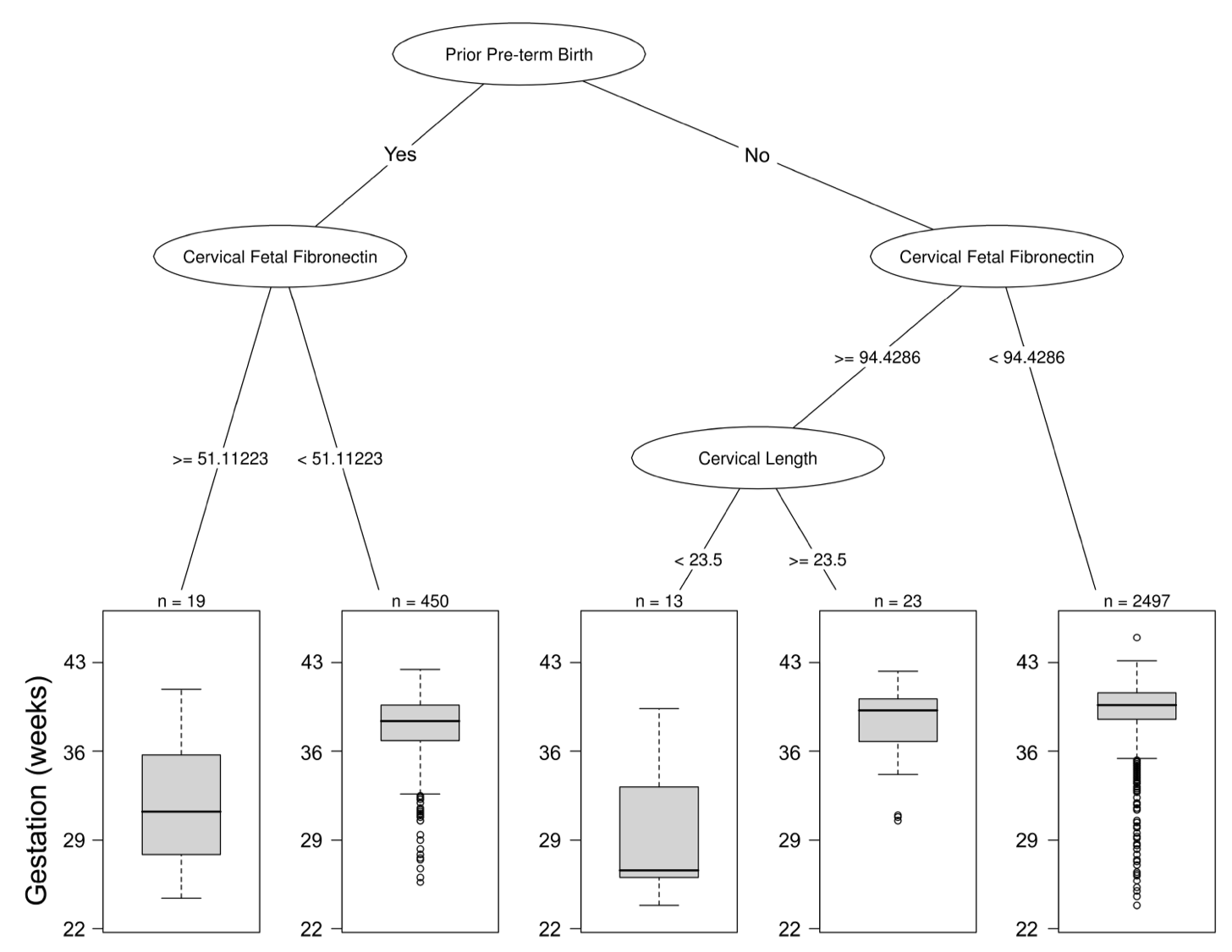name: inverse layout: true class: center, middle, inverse --- # Final Exam Review Jennifer Mankoff CSE 340 Spring 2019 --- layout: false .title[Plan for Final (Monday 8:30-10)] .body[ Will cover material from whole course Emphasis on second half Same basic structure, more questions - Long answer questions - Short answer questions - Coding questions - 'Cheat Sheet' allowed (2 sided, hand written) Nothing on sustainability; augmented reality ] --- .title[Subjective exam question advice] .body[ Study by synthesizing and summarizing material An adequate answer can get you around 85% Ex: Human eyes have cones that can see red green and blue. Yellow is just a mix of these. A complete, deeper answer can get you an A Ex: Our eyes can only detect red, green and blue wavelengths of light (with cones) and greyscale (with rods). They see color as a combination of these wavelengths. Thus, displaying “true” yellow pixels won’t make a difference since our eyes will see them as a combination of red and green anyway. When writing: Aim to stay within 10% of suggested length, make a point and then provide support for it. A verbose answer may get you back to B (if redundant or wrong) Show your work extra important ] --- .title[Core concepts from first half] .body[ Input - Input models (events) - Event dispatch - Event handling (PPS) likely coding problem - Callbacks to application likely coding problem Output - Interactor Hierarchy design & use - Drawing models (`onDraw()`) likely coding problem - Layout (`onLayout()` or `XML`) likely coding problem - Damage and redraw process ] --- .title[And Introduced Model View Controller] .body[ Model - Model of a single interactor: Typically a field - Application model - Separate from view model - Typically more persistent (e.g., saved with bundler) View - `onDraw()` in a single interactor - Interactor hierarchy in an application Controller - PPS in a single interactor - callbacks (e.g., custom listeners) in an application ] --- .left-column50[ ## 2D Drawing -> 3D modeling Same core concepts Now in OpenSCAD Key ideas: - 3D - `cube (size)` - `cylinder (h, r|d, center)` - `polyhedron (points, triangles, convexity)` - `sphere (radius | d=diameter)` ] .right-column50[ ## Similar Transformations - Transformations - `translate ([x, y, z])` - `rotate ([x, y, z])` - `scale ([x, y, z])` - `resize ([x, y, z], auto)` - Boolean operations - `union()` - `difference()` (subtract second from first) - `intersection()` ] ??? Limitations of 3D printing? cost for large scale manufacturing --- .title[Studies] .body[ <div class="mermaid"> graph LR S((.)) --> Hypothesis((Hypothesis:<br>Decreased seek <br>time and errors)) Hypothesis -- "Study Design" --> Method((2 menu x <br> 3 task conditions )) Method -- "Run Study" --> Data((Consent<br>Consistency)) Data -- "Clean and Prep" --> Analysis((Clean<br>Compute)) Analysis --> Conclusions((Conclusions)) classDef finish outline-style:double,fill:#d1e0e0,stroke:#333,stroke-width:2px; classDef normal fill:#e6f3ff,stroke:#333,stroke-width:2px; classDef start fill:#d1e0e0,stroke:#333,stroke-width:4px; classDef invisible fill:#FFFFFF,stroke:#FFFFFF,color:#FFFFFF linkStyle 0 stroke-width:4px; linkStyle 1 stroke-width:4px; linkStyle 2 stroke-width:4px; linkStyle 3 stroke-width:4px; linkStyle 4 stroke-width:4px; class S invisible class Hypothesis,Conclusions start class Method,Data,Analysis normal </div> method: conditions | sessions | trials ethics: beneficence | respect for persons | justice - Which is violated by a coercive statement in a consent form? - Which is violated by an inequitable selection of participants? - Which is violated by risky, pointless research? analysis: How do we determine causality? - correlation - intervention ] --- .title[Accessibility] .body[ **Disability** is a mismatched interaction between someone and their context ] --- .title[Example Q1: Which is true about disability?] .body[ A personal attribute Context dependent Permanent ] --- .title[Example Q2: Is using a phone while holding a dog leash] .body[ Temporary impairment Permanent impairment Situational impairment? ] --- .title[Example Q3: List three examples of Assistive technologies] ??? Screen reader Zooming Speech input Sticky keys Xbox adaptive controller High contrast interaction --- .title[Accessibility Testing] .body[ | Error | Description | |----------------------|-------------------------------------------------------------------------------------------------------------------------------| | Clickable Items | Overlapping clickable items | | Editable Image Label | TextView has a content description. This might interfere with a screen reader’s ability to read the content of the text field | | Image Contrast | Low contrast in image or icon | | Item Descriptions | Items with identical speakable text | | Item Label | Missing element label | | Item Type Label | Item label ends with type, e.g., “Play Button.” TalkBack automatically announces item type, so information is redundant | | Link | URL in link may be invalid | | Text Contrast | Low text contrast between foreground and background | | Touch Target | Item is too small| ] ??? minimum to fix each problem (legal accessibility) true accessibility --- .title[Affordances & Feedback ] .body[ Good Affordance| Bad Affordance ----|----  |  Well-designed objects have affordances - Clues to their operation that are readily apparent - Often visual, but not always (e.g., speech) - Allows and promotes certain actions ] ??? Opportunities to act which are readily apparent to the user ... and appropriate to the user’s abilities relationship of affordence and feedback Form “affords” certain actions and makes that apparent --- .title[# Model of Mental Models] .body[  ] ??? - Where are the gulf of evaluation and gulf of execution in this image? Gulf of execution is the user 'error' region (user requests function the __system DOESNT HAVE__), gulf of evaluation is when the user __doesn't realize the system HAS a functionality__. - How does undo help the user bridge them? --- .title[Undo Sample Q] .body[ Something other than drawing! Let's try text What should be the "action"? Characters or words? ] -- .body[ - type "helo" - type "world" - undo - undo - type "hello" - redo - type "world" ] --- .left-column[ ### Heuristic Evaluation - H1: Visibility of system status - H2: Match between system and the real world - H3: User control and freedom - H4: Consistency and standards - H5: Error prevention - H6: Recognition vs. recall - H7: Flexibility and efficiency of use - H8: Aesthetic and minimalist design - H9: Error recovery - H10: Help and Documentation ] .right-column[ ## UAR - Which heuristic - Explanation - Severity - Frequency - Impact - Persistence - Scale: - 0 - Not a problem at all - 1 - Cosmetic problem only - 2 - Minor usability problem (fix with low priority) - 3 - Major usability problem (fix with high priority) - 4 - Usability catastrophe (imperative to fix before release) ] .upper_right[] --- .title[HE pros and cons?] --- .left-column50[ ## Pros Discount usability engineering Intimidation low Don't need to identify tasks, activities Can identify some fairly obvious fixes Can expose problems user testing doesn’t expose Provides a language for justifying usability recommendations ] .right-column50[ ## Cons Un-validated Unreliable Should use usability experts Problems unconnected with tasks Heuristics may be hard to apply to new technology Coordination costs] --- .title[Sensing and context-awareness] .body[ What makes an app context-aware? ] ??? *use of implicit input* --- .title[Sensing and context-awareness] .body[ What makes an app context-aware? *use of implicit input* ] --- .title[Types of context-aware apps] -- .body[ Capture and Access Adaptive Services (changing operation or timing) Novel Interaction Behavioral Imaging General Solutions for Data Collection and Response Challenges? ] ??? - Battery - Raw sensors not behavior data - Not the sensors we always want - Computational complexity - Latency in communication - Basic software framework to support apps that can adapt to user behavior - Apps that drive innovation - How people use phones --- .title[Fences and snapshots] .body[ When to use each?] --- .left-column[ ## Behavior Change  ] .right-column[ - Example Q: What stage does the leader board engage with? - Example Q: What stage do the icons support - Example Q: What aspect of this interface supports action?  ] --- .left-column[ ## Machine Learning  ] .right-column[ <div class="mermaid"> graph TD T[Time] -- "10pm-8am" --> N[Noise] T[Time] -- "8am-10pm" --> Aw2[Awake y=35,n=2] N -- "Low" --> As[Asleep y=20,n=5] N -- "High" --> Aw3[Awake y=10,n=2] </div> - Q1: What is this recognizing - Q2: What features are being used? - Q3: What are the labels? - Q4: What will be predicted if there is noise between 10am and noon? - Q5: What is the accuracy of this decision tree? ] ---
layout: true